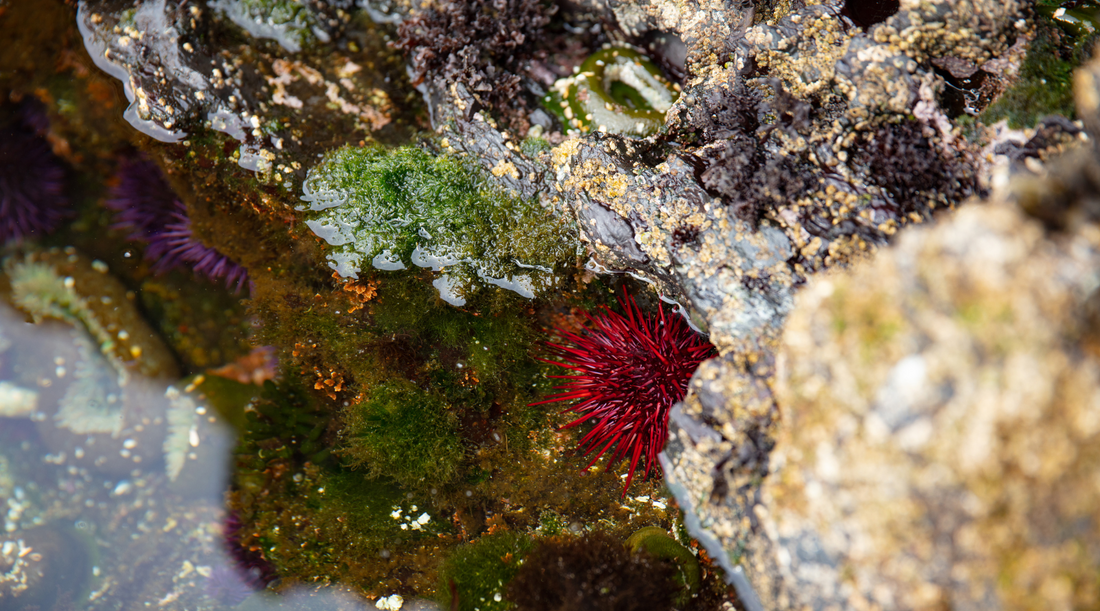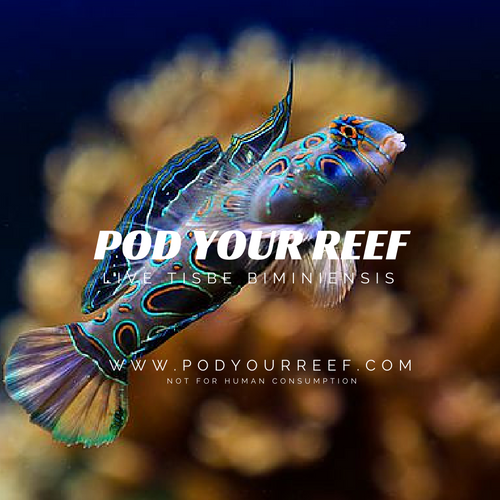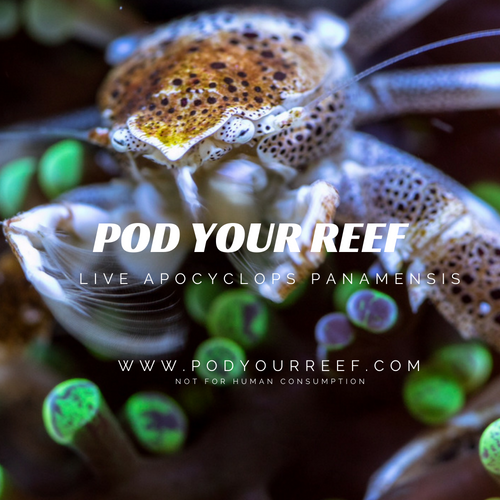
Care
The Role of Tigriopus californicus in Coastal Ecosystems: An In-Depth Look
The Role of Tigriopus californicus in Coastal Ecosystems: An In-Depth Look
Tigriopus californicus is a small, planktonic copepod that is found in intertidal and subtidal zones along the coast of the northeastern Pacific Ocean. These copepods are important detritivores, meaning that they feed on detritus as a primary source of nutrition. They are also known to consume a variety of other organic matter, including algae, phytoplankton, and small invertebrates.
The role of T. californicus in coastal ecosystems is multifaceted and complex. As detritivores, T. californicus play a role in the decomposition of organic matter and the cycling of nutrients in these ecosystems. By consuming detritus, T. californicus helps to break down this material into smaller fragments, making it easier for other decomposers such as bacteria and fungi to break it down further. This process helps to recycle nutrients and maintain the balance of the ecosystem.
In addition to their role as detritivores, T. californicus are also important grazers of algae and phytoplankton. These copepods can help to regulate the population sizes of these primary producers, which can have cascading effects on the rest of the ecosystem. For example, if T. californicus are able to effectively control the population size of algae, this can help to prevent algal blooms, which can have negative impacts on water quality and the health of other organisms in the ecosystem.
T. californicus are also an important food source for many other organisms in coastal ecosystems. They are preyed upon by a variety of animals, including fish, birds, and other invertebrates. As a result, changes in the population size of T. californicus can have ripple effects throughout the ecosystem, potentially impacting the populations of other species.
One area of concern related to T. californicus is the potential for population changes due to environmental stressors. T. californicus are sensitive to changes in temperature, salinity, and other water quality parameters. As a result, they can be used as indicators of the health of coastal ecosystems. For example, if T. californicus populations decline in an area, this could be an indication that the ecosystem is experiencing stress due to factors such as pollution or habitat destruction.
Environmental stressors such as pollution, habitat destruction, and climate change can all have negative impacts on T. californicus and the ecosystems they inhabit. For example, pollution can lead to the accumulation of toxic substances in T. californicus, which can then be passed up the food chain to other organisms. Habitat destruction can lead to the loss of suitable habitat for T. californicus and other organisms, leading to declines in population size. Climate change can lead to changes in water temperature and other environmental conditions that can impact T. californicus and the ecosystems they inhabit.


















